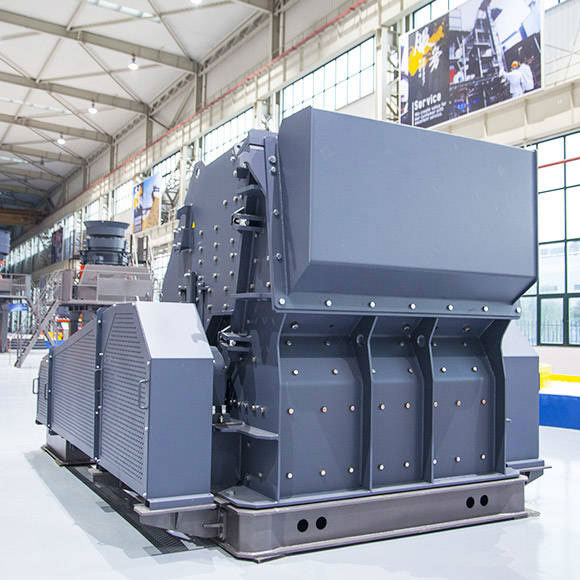A non-metallic ore mining hammer crusher is a specialized piece of equipment used in the mining industry to crush non-metallic ores, such as limestone, gypsum, quartz, and other mineral materials. This type of hammer crusher is designed to handle hard and abrasive materials and is especially effective for reducing large rocks into smaller, manageable sizes for further processing or transport. It is commonly used in industries like construction, cement, and chemical manufacturing, where non-metallic minerals play a significant role in the production process.
The hammer crusher works by using high-speed rotating hammers to strike the ore. As the material enters the crushing chamber, the hammers rapidly impact it, breaking it down into smaller pieces. This type of crusher operates with a direct impact force that allows for the quick and efficient reduction of non-metallic ores into smaller particles, often with a size of less than 10 mm. Due to the high-speed operation, hammer crushers are suitable for brittle, non-metallic materials that can be easily fractured under the right conditions.

One of the key benefits of using a hammer crusher in non-metallic ore mining is its cost-effectiveness. Hammer crushers require less maintenance compared to other types of crushers like jaw or cone crushers. The design of the hammer mill allows it to work effectively with a variety of ores without requiring excessive energy input. This makes it an attractive option for many mining operations, especially those dealing with non-metallic ores, where energy efficiency is crucial to minimizing operational costs.
Another advantage of hammer crushers is their versatility. These crushers can be used to break down a wide range of non-metallic ores, and their design can be modified to accommodate specific needs in the mining process. Depending on the application, operators can adjust factors like rotor speed, hammer configuration, and screen sizes to achieve the desired output size and consistency. This adaptability allows the hammer crusher to be used across various stages of ore processing, including primary, secondary, and even tertiary crushing stages.
In terms of performance, the non-metallic ore mining hammer crusher is known for its high productivity and flexibility. It can achieve a high crushing ratio, meaning that it can break down large chunks of ore into smaller pieces in a single pass. The crusher’s ability to produce a range of particle sizes also makes it adaptable for different applications. For example, in the cement industry, finely crushed limestone is needed, while in the construction sector, larger, coarse aggregates might be required. The crusher can be adjusted to meet the specific size requirements of the final product, contributing to overall efficiency.

